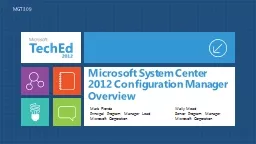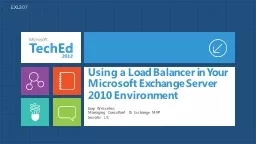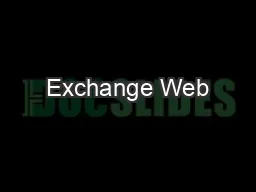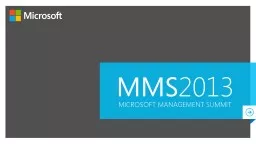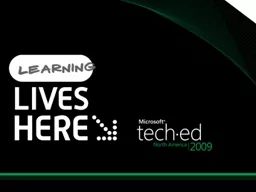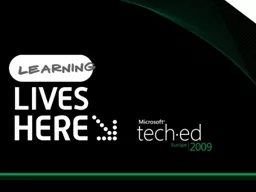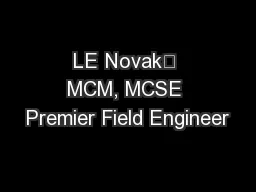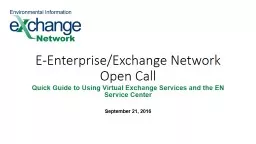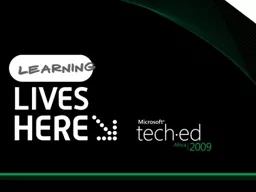PPT-Microsoft System Center 2012: Managing a Microsoft Exchange
Author : mitsue-stanley | Published Date : 2017-06-12
Brad Bird Senor System Center amp VM Architect Cistel Technology Inc Derek Kerr Senior Solutions Architect Cistel Technology Inc MDCB310 Agenda Virtualizing MS
Presentation Embed Code
Download Presentation
Download Presentation The PPT/PDF document "Microsoft System Center 2012: Managing a..." is the property of its rightful owner. Permission is granted to download and print the materials on this website for personal, non-commercial use only, and to display it on your personal computer provided you do not modify the materials and that you retain all copyright notices contained in the materials. By downloading content from our website, you accept the terms of this agreement.
Microsoft System Center 2012: Managing a Microsoft Exchange: Transcript
Download Rules Of Document
"Microsoft System Center 2012: Managing a Microsoft Exchange"The content belongs to its owner. You may download and print it for personal use, without modification, and keep all copyright notices. By downloading, you agree to these terms.
Related Documents


